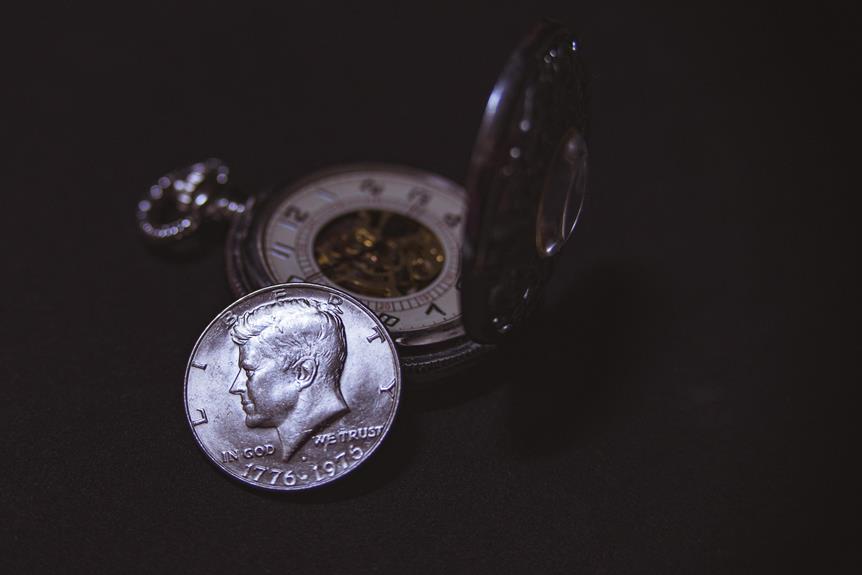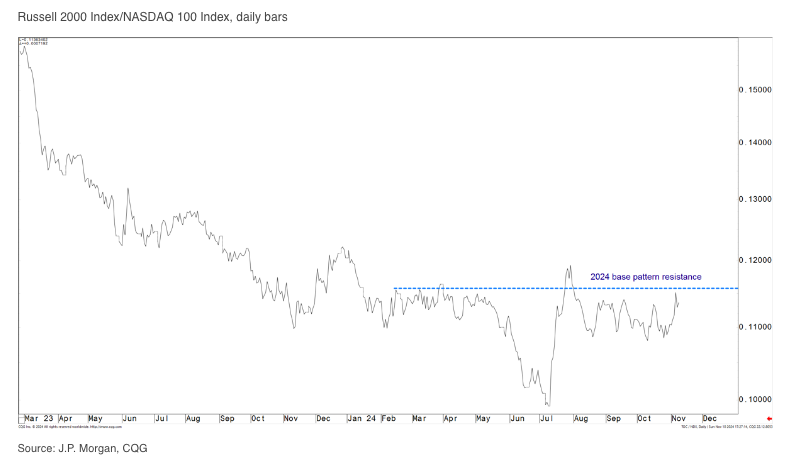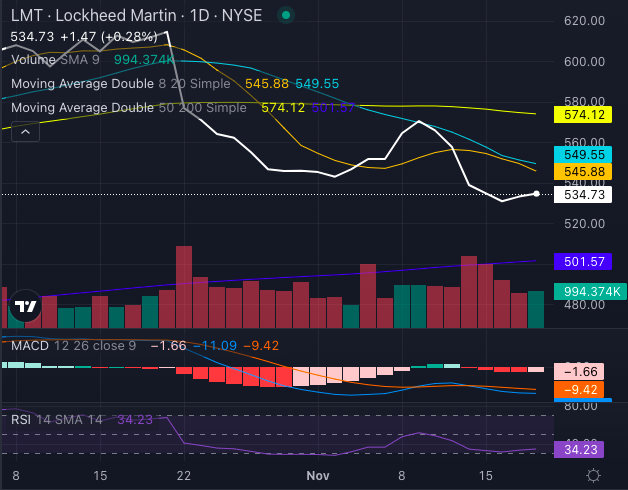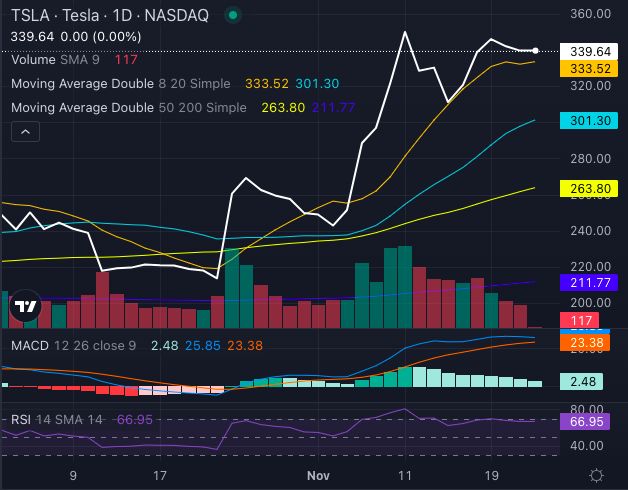Rare Silver Certificates: Hidden Treasures of History
The world of rare silver certificates holds a fascinating historical significance that continues to captivate collectors and investors alike. These certificates, issued by the U.S. government in the late 1800s, represented a promise of redeemable silver and played a vital role in the American economy.
However, as the U.S. faced the prospect of a silver shortage in the 1960s, these certificates became obsolete, adding to their allure and value. Today, these historical artifacts are highly sought after, with certain versions commanding significant prices due to their rarity.
In this article, we will delve into the denominations, designs, and value of rare silver certificates, as well as explore the various investment options available for those interested in this intriguing world of silver.
Key Takeaways
- Silver certificates were issued by the U.S. government in the late 1800s and could be redeemed for a certain amount of silver.
- The obsolescence of silver certificates occurred in 1963 due to the repeal of the Silver Purchase Act, leading to the retirement of $1 silver certificates.
- The denominations and designs of silver certificates varied, with large-sized certificates ranging from $1 to $1,000 and small-sized certificates depicting notable figures.
- Some silver certificates, such as the 1928C, 1928D, and 1928E versions, are considered rare and can fetch high prices among collectors.
History of Silver Certificates
The history of silver certificates dates back to the late 1800s when the U.S. government issued these redeemable certificates for a certain amount of silver. The evolution of silver certificates can be traced to the U.S. becoming a major producer of silver in the 1860s and 1870s. However, the Coinage Act of 1873 ended free coinage for silver, placing the U.S. on the gold standard.
In 1878, silver certificates were introduced under the Bland-Allison Act, allowing holders to exchange the certificates for silver coins of equal value. The impact of silver certificates on the economy was significant as they provided a stable form of currency backed by silver. These certificates played a crucial role in facilitating transactions and supporting economic growth during this period.
Obsolescence and Retirement
After playing a crucial role in facilitating transactions and supporting economic growth during the late 1800s, the obsolescence and retirement of silver certificates marked a significant shift in the monetary landscape.
This change was primarily driven by a prospective shortage of silver bullion, which led to the discontinuation of the issuance of silver certificates by the U.S. government.
The impact on collectors was profound, as silver certificates became highly sought after as rare and valuable collectibles. The retirement of silver certificates meant that these unique pieces of history were no longer being printed, making them even more scarce and desirable.
Collectors now treasure silver certificates not only for their historical significance but also for their potential financial value.
The obsolescence of silver certificates has forever changed the landscape of currency and has left a lasting impact on collectors around the world.
Denominations and Designs
Transitioning from the obsolescence and retirement of silver certificates, we now delve into the intriguing denominations and captivating designs that adorned these historical monetary artifacts.
Silver certificates issued from 1878 to 1923 were larger in size and ranged in value from $1 to $1,000. These large-sized certificates featured notable figures such as George Washington, Abraham Lincoln, and Alexander Hamilton.
In contrast, small-sized silver certificates were issued from 1928 until their cessation in 1964. These certificates depicted the same notable figures and were more commonly circulated.
Alongside the aesthetic appeal of these designs, silver certificates also incorporated unique security features to prevent counterfeiting. These features included intricate engraving, intricate borders, and complex patterns, making them both beautiful and secure monetary instruments.
Value and Rarity
Exploring the value and rarity of silver certificates, one can uncover the hidden treasures of history. When determining the value of silver certificates, several factors come into play. These factors include:
Factors impacting the value of silver certificates:
- Condition: The better the condition, the higher the value.
- Rarity: Rare versions of silver certificates are more valuable.
- Demand: Popular designs or historically significant notes are in higher demand.
On the other hand, the rarity of silver certificates is influenced by:
Factors influencing the rarity of silver certificates:
- Age: Older certificates are generally rarer.
- Limited Production: Certificates with low production numbers are more difficult to find.
- Historical Significance: Certificates tied to important events or figures are often scarce.
Understanding these factors is crucial for collectors and investors alike when assessing the value and rarity of silver certificates. By considering these elements, one can truly appreciate the historical significance and monetary worth of these hidden treasures.
Silver Investing Options
Continuing the exploration of silver certificates, let's now delve into the various options available for silver investing.
One option is to purchase physical silver in the form of coins, bullion, jewelry, or silverware. This allows investors to own tangible assets with intrinsic value.
Another option is to invest in exchange-traded funds (ETFs) backed by physical silver. These funds provide a convenient way to gain exposure to the silver market without the need for physical storage.
Additionally, investors may consider investing in mining or precious metal streaming companies. By owning stock in these companies, investors can indirectly participate in the potential profits generated by silver production.
It is important to note that some ETFs may also be redeemable for physical silver bullion, providing investors with the option to take physical possession of the metal.
Frequently Asked Questions
What Is the Current Value of a $1 Silver Certificate?
The current value of a $1 silver certificate can vary due to value fluctuations and historical significance. Factors such as the type, condition, and rarity of the certificate can impact its worth, with some rare versions fetching prices upwards of $5,000.
Are There Any Known Counterfeit Versions of Silver Certificates?
Known counterfeits of silver certificates exist, and there are various detection methods to identify them. These include examining the paper quality, ink, and security features. Experts recommend consulting with professional appraisers or authenticating organizations to ensure the legitimacy of silver certificates.
Can Silver Certificates From Other Countries Be Redeemed in the U.S.?
Redeeming foreign silver certificates in the US depends on the legalities surrounding the specific country's currency and the policies of the US government. It is important to research and understand the regulations before attempting to redeem foreign silver certificates.
How Did the Obsolescence of Silver Certificates Impact the Value of Silver?
The obsolescence of silver certificates had a significant impact on the value of silver. As these certificates were phased out, the demand for silver decreased, affecting its price. Additionally, the historical significance of silver certificates adds to their value as collectibles.
Are There Any Notable Collectors or Collections of Silver Certificates?
Notable collectors of silver certificates include the Smithsonian Institution, which houses a significant collection of historical currency. These collectors recognize the historical significance of silver certificates as tangible artifacts of America's monetary history.





Thanks for sharing. I read many of your blog posts, cool, your blog is very good.
Your point of view caught my eye and was very interesting. Thanks. I have a question for you.
Thank you for your sharing. I am worried that I lack creative ideas. It is your article that makes me full of hope. Thank you. But, I have a question, can you help me?
Can you be more specific about the content of your article? After reading it, I still have some doubts. Hope you can help me.
Thanks for sharing. I read many of your blog posts, cool, your blog is very good.
I don’t think the title of your article matches the content lol. Just kidding, mainly because I had some doubts after reading the article.
Your point of view caught my eye and was very interesting. Thanks. I have a question for you.
Very interesting info!Perfect just what I was looking
for!Blog monry
Your article helped me a lot, is there any more related content? Thanks!
Your article helped me a lot, is there any more related content? Thanks!
I don’t think the title of your article matches the content lol. Just kidding, mainly because I had some doubts after reading the article.
I don’t think the title of your article matches the content lol. Just kidding, mainly because I had some doubts after reading the article.
Your point of view caught my eye and was very interesting. Thanks. I have a question for you.
Your article helped me a lot, is there any more related content? Thanks!
Your point of view caught my eye and was very interesting. Thanks. I have a question for you.
Your point of view caught my eye and was very interesting. Thanks. I have a question for you.
Your point of view caught my eye and was very interesting. Thanks. I have a question for you. https://www.binance.com/join?ref=P9L9FQKY
Can you be more specific about the content of your article? After reading it, I still have some doubts. Hope you can help me. https://accounts.binance.com/de-CH/register?ref=UM6SMJM3
Your article helped me a lot, is there any more related content? Thanks! https://www.binance.com/lv/register?ref=B4EPR6J0
Your article helped me a lot, is there any more related content? Thanks!
Your article helped me a lot, is there any more related content? Thanks!
Can you be more specific about the content of your article? After reading it, I still have some doubts. Hope you can help me. https://accounts.binance.com/fr/register?ref=GJY4VW8W
Your point of view caught my eye and was very interesting. Thanks. I have a question for you.
Thanks for sharing. I read many of your blog posts, cool, your blog is very good.
I don’t think the title of your article matches the content lol. Just kidding, mainly because I had some doubts after reading the article.
Thanks for sharing. I read many of your blog posts, cool, your blog is very good.
Thank you for your sharing. I am worried that I lack creative ideas. It is your article that makes me full of hope. Thank you. But, I have a question, can you help me?